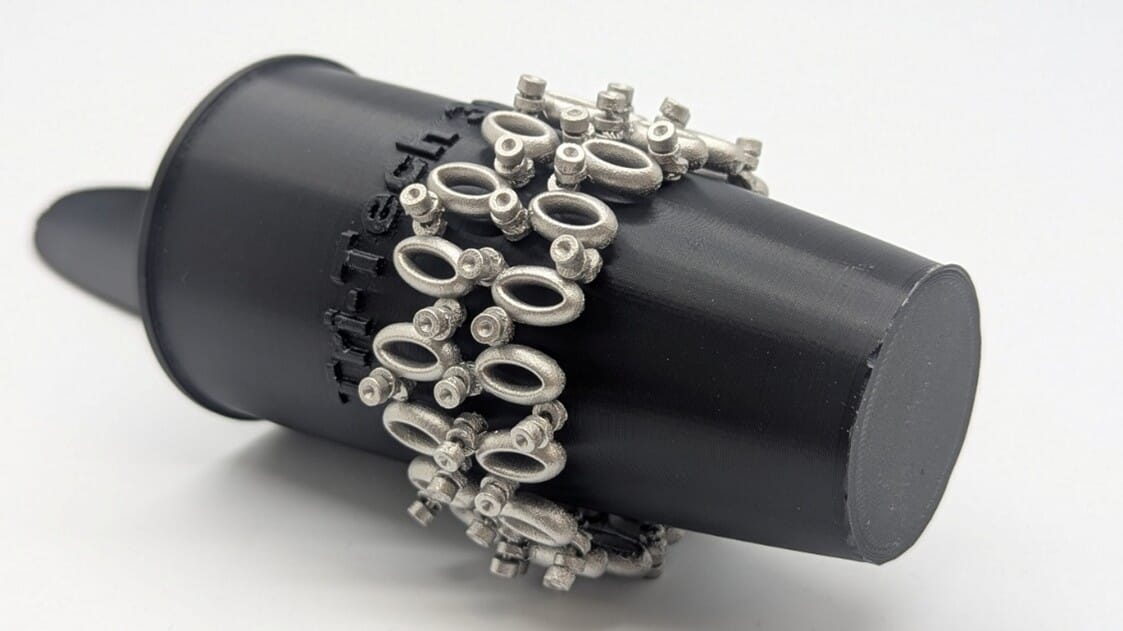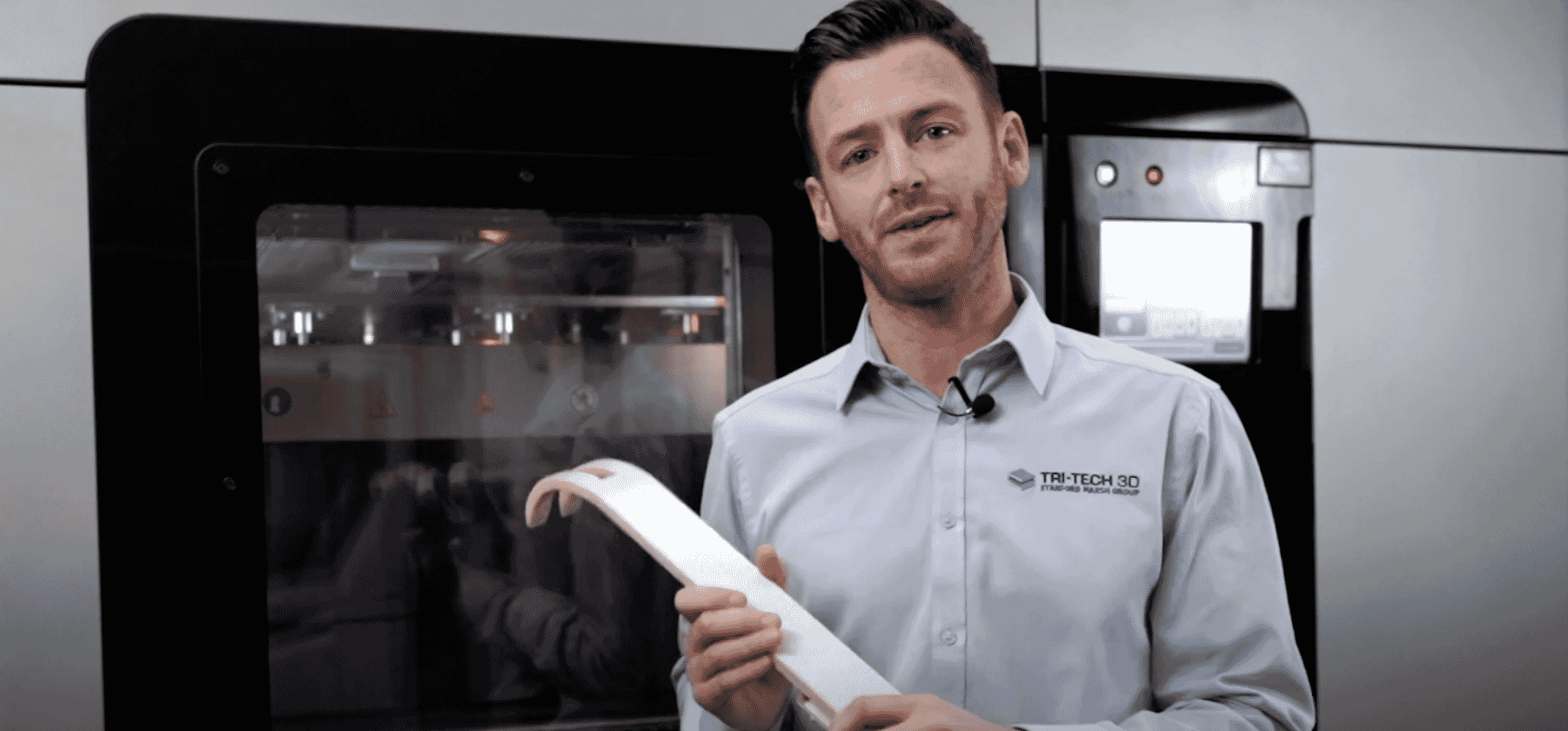3D printers & materials are trusted by leading manufacturing & engineering firms.
With manufacturing and engineering entwined with virtually every sector – from biotechnology to pharmaceuticals – a vast spectrum of components is required and the most stringent standards apply across the board. With the world’s leading manufacturing and engineering firms adopting AM from the start, the industry’s forward-thinkers are now benefiting from fast-evolving technology that has moved far beyond product design and prototyping to support full-scale roll out. In such a dynamic sphere, it’s impossible to say what tomorrow’s requirements will be. But with a growing range of advanced Stratasys 3D printers and materials – backed by the expert knowledge of the Tri-Tech 3D team – the tools are already in place for the next giant leap.
Which Stratasys 3D printers are often used in manufacturing & engineering?
Regardless of sector, every client has unique requirements and Tri-Tech 3D’s first step is always to consider each individual story and business goal before suggesting a specific 3D printer. However, in our long experience, ambitious creators in the manufacturing and engineering sphere are often impressed by the large-scale production, enviable agility, pinpoint accuracy and high ROI of the Fortus series of Stratasys 3D printers, which includes the Fortus 900mc and Fortus 450mc. Other popular models include the F170CR, the F370CR and the best-in-class consistency of the H350.
Which 3D printing materials are often used in manufacturing & engineering?
The almost-limitless remit of our manufacturing and engineering clients is reflected by the wide spectrum of additive manufacturing materials. Many find the qualities they need in high-performance PEKK-based thermoplastics like Antero 800NA and Antero 840CN03. As an effective substitute for metal tooling, Nylon 12 CF is lightweight with high tensile strength. The ULTEM 1010 thermoplastic is a fine choice for its high strength and heat resistance. For low mass with keen geometric tolerancing, try ABS and ABSCF10. Photopolymers like PA11 and PA12 are ideal for high volume applications requiring dimensional accuracy at a low cost per part.
* 9085, 1010, and ULTEM™ are trademarks of SABIC, its affiliates or subsidiaries
Which applications is 3D printing used for in manufacturing and engineering?
Given the wide reach of our clients’ manufacturing and engineering projects, we’ve seen additive manufacturing used for countless applications, parts and components. Some of the most common uses include: metal part replacement, greasing jigs, EOAT, masking tools, sand casting, cutting guides, jigs and fixtures, composite tooling and casting patterns.
What examples are there of Stratasys 3D printers used by the manufacturing and engineering sector?
Investigate the manufacturing and engineering sector and you’ll find countless real-world uses of Stratasys 3D printers, often hand-in-hand with expert guidance from Tri-Tech 3D. For example, GKN Aerospace reduced costly production downtime with 3D printed tools, while our team worked in the long-term with leading UK investment casting solutions firm Lestercast to help get the most from the Objet30 Pro. France-based industrial additive manufacturing materials developer Kimya recently expanded its production with the Fortus 450mc 3D printer, while Goetz Maschinenbau’s specialised machining experts improved their ROI with Stratasys’s H350 3D printer.

















